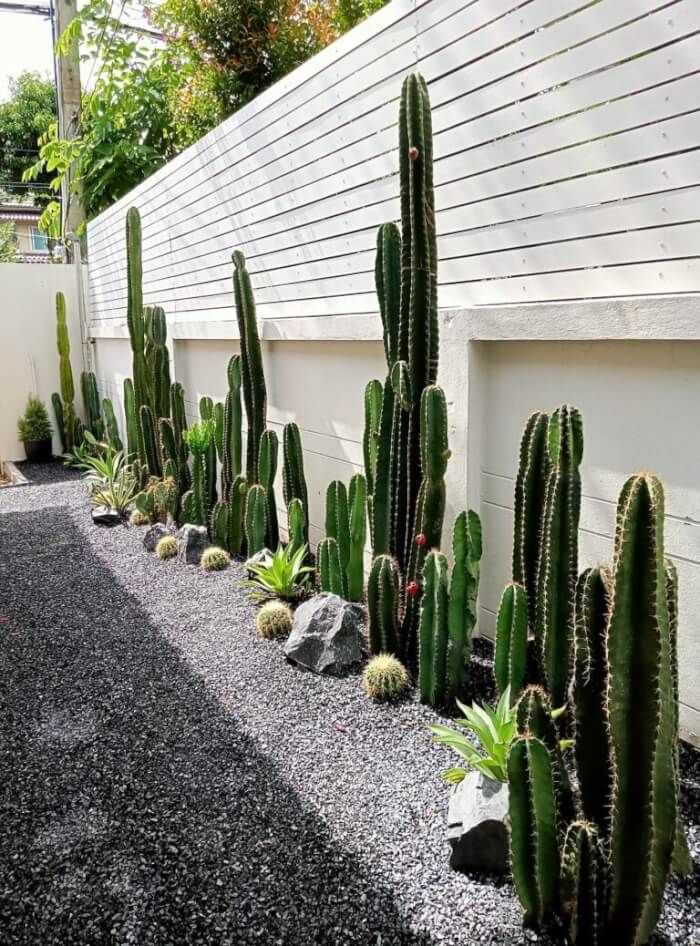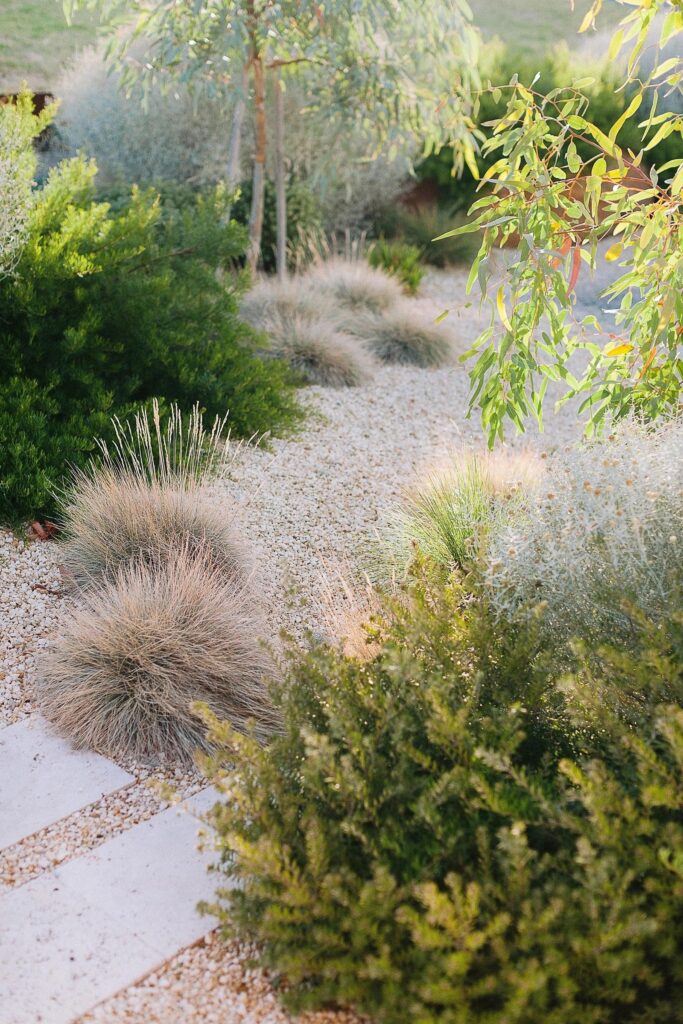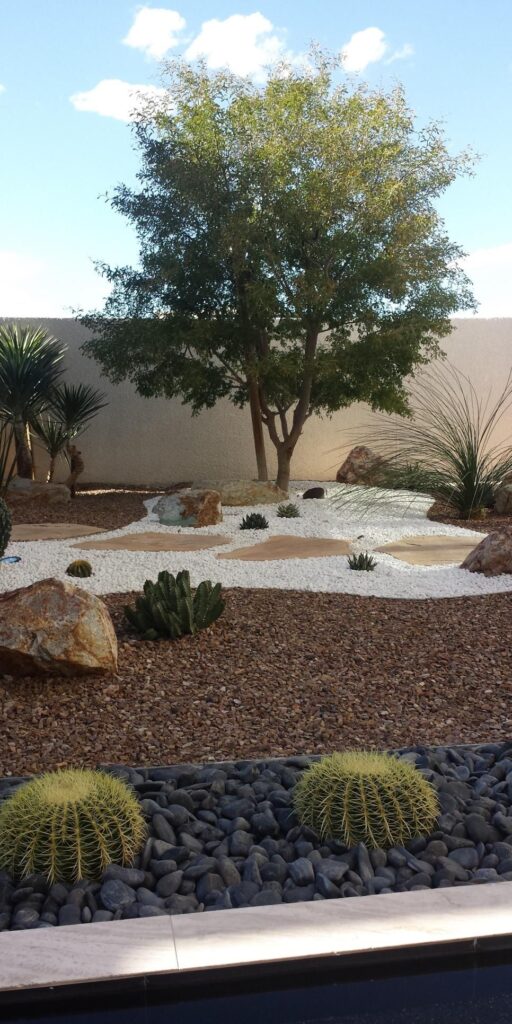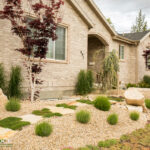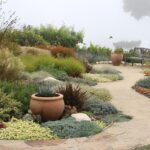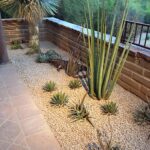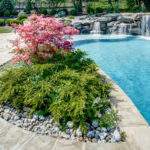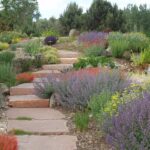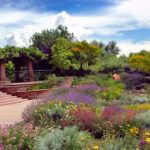Xeriscaping is a method of landscaping that focuses on using native plants and materials to create a low-maintenance, water-efficient garden. The term comes from the Greek word “xeri,” which means dry, and “scape,” which refers to a view or scene. Xeriscaping is especially popular in arid regions where water conservation is a priority, but it can be applied in any environment to create a sustainable and environmentally friendly landscape.
One of the key principles of xeriscaping is selecting plants that are adapted to the local climate and soil conditions. Native plants are well-suited to the area in terms of water needs, pest resistance, and overall hardiness. By choosing plants that are already adapted to the environment, xeriscaping reduces the need for supplemental watering and chemical inputs, creating a more sustainable and resilient landscape.
In addition to selecting appropriate plants, xeriscaping also involves efficient irrigation practices. Drip irrigation systems, rain barrels, and mulching are commonly used to reduce water waste and increase the efficiency of watering. By applying water directly to the root zone of plants and minimizing evaporation, xeriscaping can significantly reduce overall water usage compared to traditional landscaping methods.
Another important aspect of xeriscaping is soil improvement. Healthy soil is essential for plant growth and water retention, especially in arid climates. Adding compost, mulch, and other organic materials to the soil can improve its structure and fertility, allowing plants to better access water and nutrients. This, in turn, reduces the need for chemical fertilizers and promotes the overall health of the landscape.
Xeriscaping can also incorporate hardscaping elements such as gravel paths, stone walls, and terraces. These features not only add visual interest to the landscape but also help to conserve water and reduce maintenance. Hardscaping materials are inert and do not require water, making them a sustainable alternative to traditional lawn and garden features.
Overall, xeriscaping is a practical and environmentally friendly landscaping option that can benefit both homeowners and the environment. By using native plants, efficient irrigation methods, soil improvement techniques, and hardscaping elements, xeriscaping creates a beautiful and sustainable landscape that requires minimal water and maintenance. Whether in arid regions or more temperate climates, xeriscaping offers a cost-effective and ecologically sound approach to landscaping.
